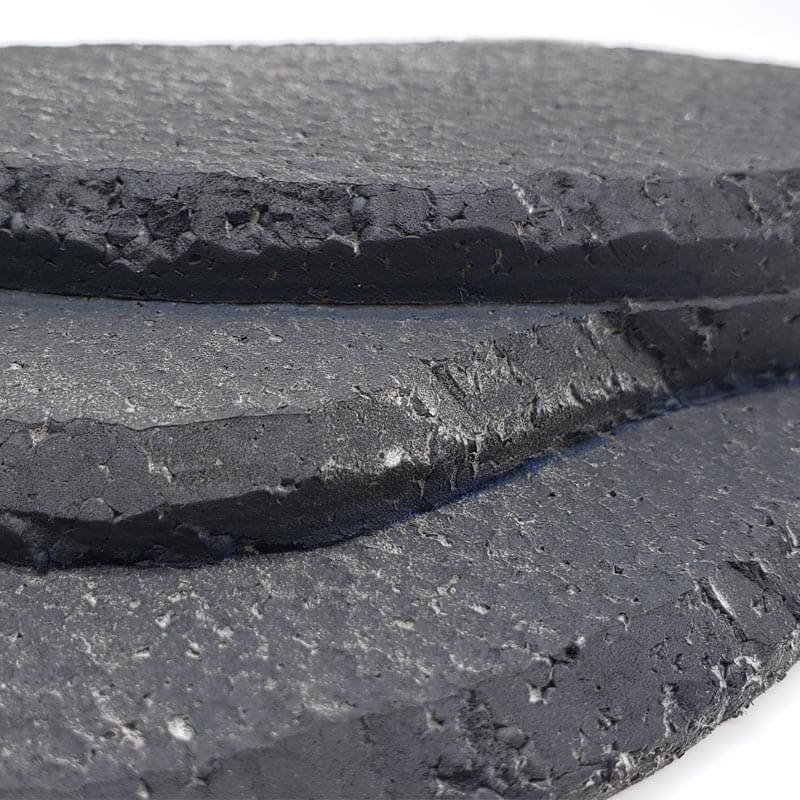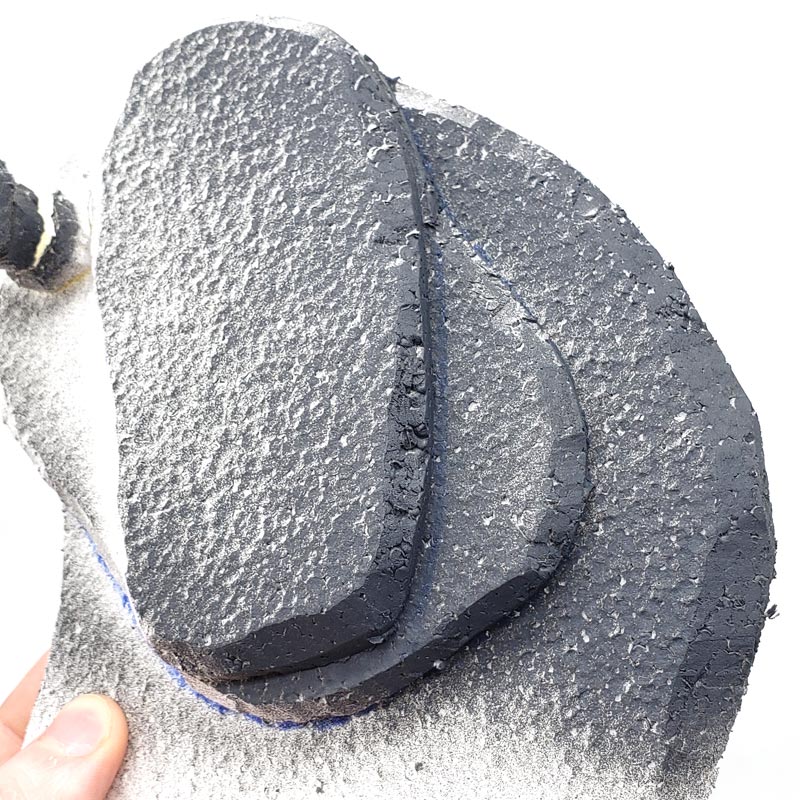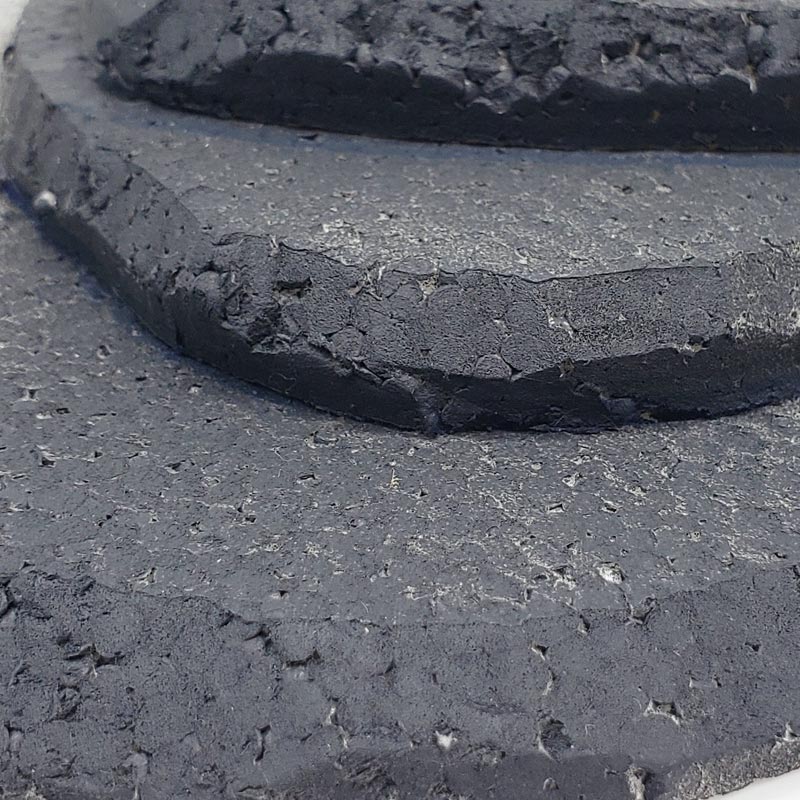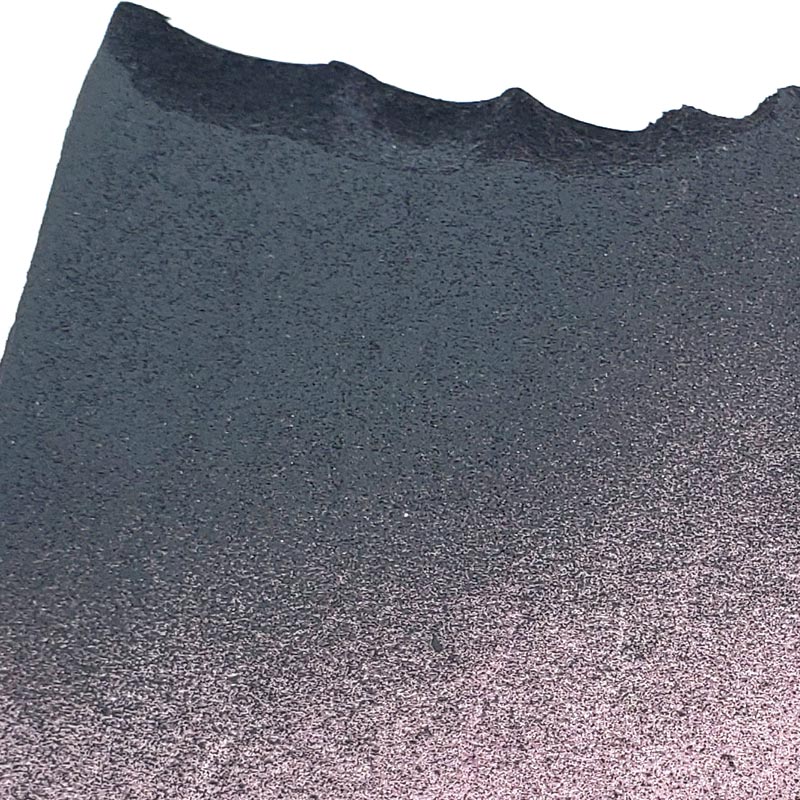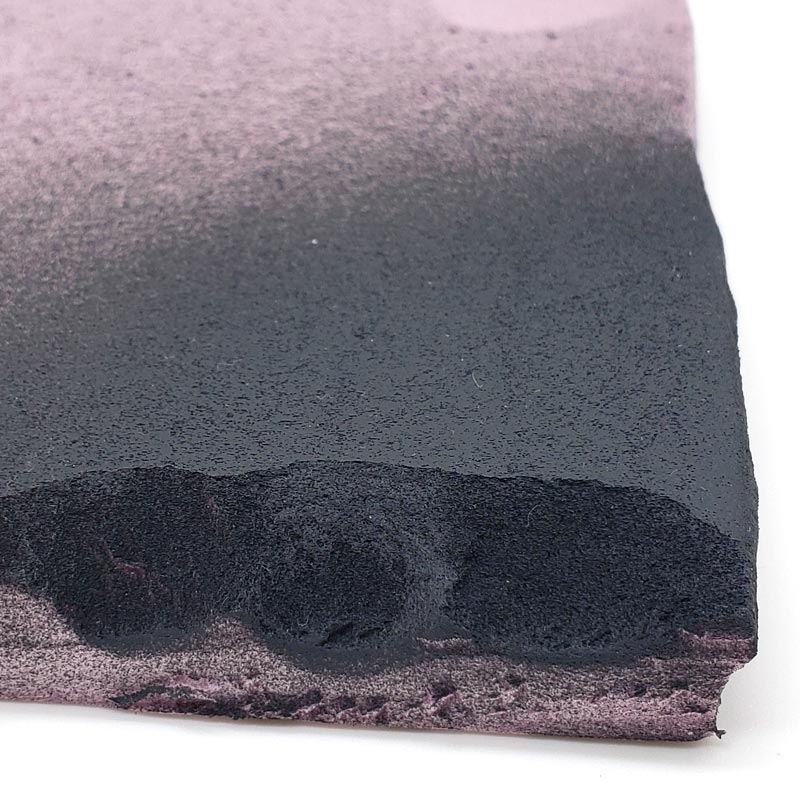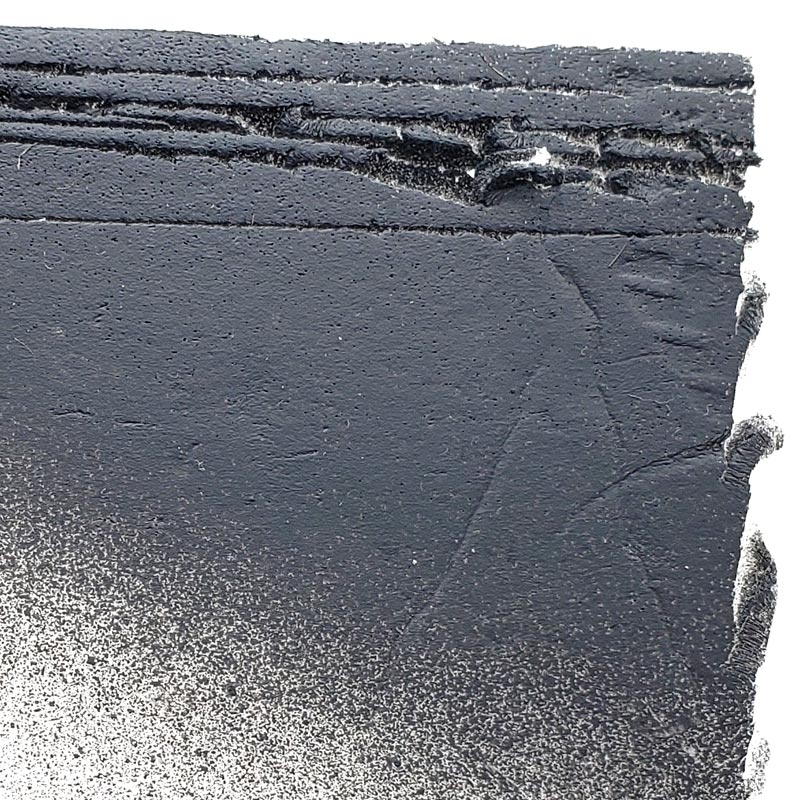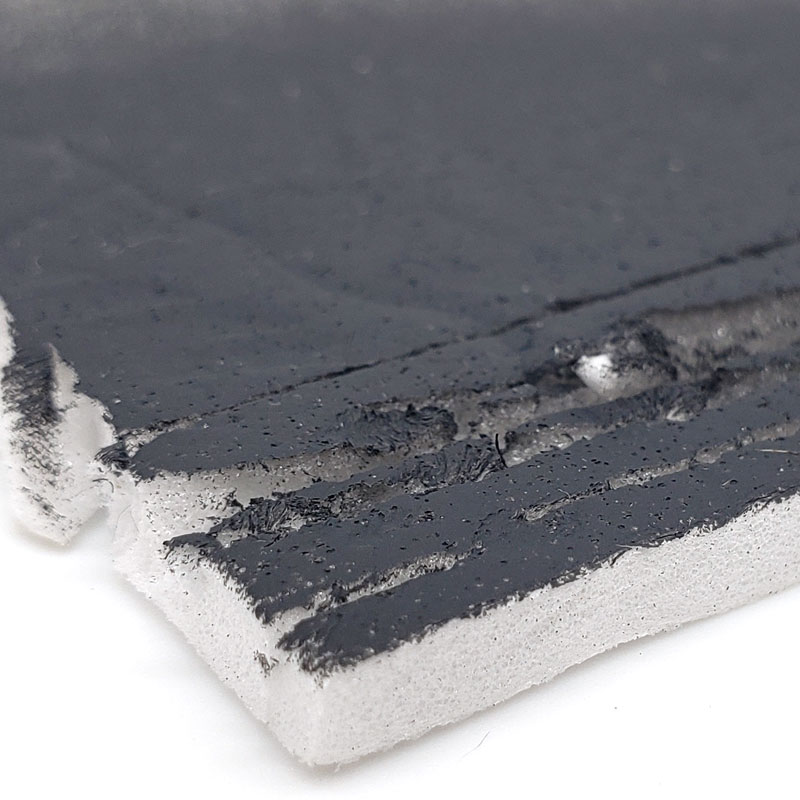The Army Painter Terrain Primer series (check them out here) is leading the pack in foam-friendly spray primers. These rattle-cans are safe for use on foam, which is otherwise melted by propellants and/or solvents in standard spray cans. One of our Miniatures Masters, Steve “Stevil” Lemberg, recently took these sprays for a test drive to see if they live up to their claims.
The Cans
- Desert & Arid Wastes (100% color matched to Desert Yellow)
- Dungeon & Subterrain (100% color matched to Hardened Carapace)
- Wilderness & Woodland (100% color matched to Crypt Wraith)
- Ruins & Cliffs (100% color matched to Necromancer Cloak)
- Snow & Tundra (100% color matched to Gorgon Hide)
- Matt Sealer
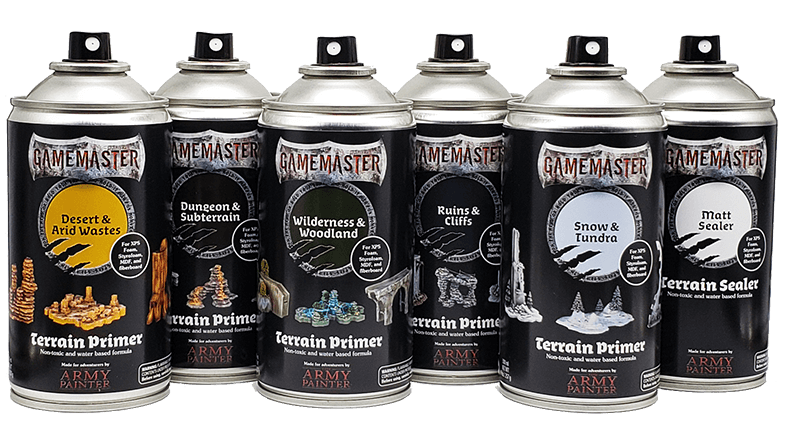
Recently released by The Army Painter, these sprays had us pretty excited, but we’re naturally skeptical. So we put the spray to the test!
Testing Materials
The spray cans don’t specify which foam types they work on so we tested them on three of the most commonly used foams in terrain making:
Expanded Polystyrene (EPS)
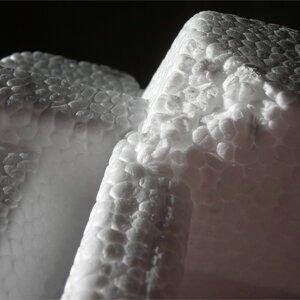
Image courtesy of Phyrexian via the Attribution-Share Alike 3.0 Unported license.
EPS foam, or “bubble foam.” You may recognize it as the foam perfectly formed around the products inside of most product packaging (like that thing you just ordered from Amazon). It is identifiable by its structure; made up of many tiny little foam balls.
EPS is widely available and although it is more brittle, its low price point makes it an attractive option for terrain artists!
Extruded Polystyrene (XPS)
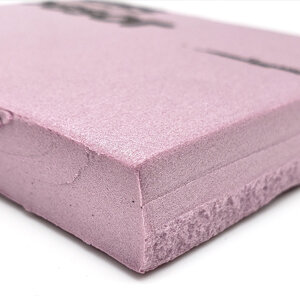
XPS foam, commonly referred to as insulation foam or pink foam. This is a good, solid material available in most hardware and home improvement stores.
More rigid in structure than EPS, but a little most costly.
Foam Core
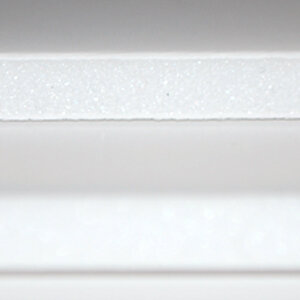
Foam Core, or foamboard, is your standard, Dollar Store foam with removable paper on each side that peels away easily.
The paper makes this foam easy to score for precise cutting!
Testing Methods
We did basic, even, sweeping sprays across each foam type. We also did a close-up spray (which you’re not supposed to do) on each type to test whether higher amounts of the propellant than recommended would cause any melting. Remember, the propellant is a source of melting foam!
Spray was intentionally applied unevenly to edges that we cut, ripped, or otherwise exposed to see if there was any melting in those rough spots.
One of the hurdles terrain crafters deal with is base coating. Using a brush to apply a base coat can be finicky and tedious, especially on large and complex pieces. So testing whether this spray melts the foams isn’t our only goal here. We also want to make sure it’s an effective substitute for brush base coating, and will ultimately save time.
The Results
EPS foam
XPS foam
Foam Core
Conclusions
If you’re a terrain crafter, whether for wargaming, RPGs, or for fun, this stuff is absolutely great! We were initially concerned about the size of the cans (they’re smaller than Army Painter’s other rattle cans), but a little seems to go a long way. It applied smoothly and evenly across the surfaces of all three foams and we didn’t notice any damage at all from propellants or solvents, even at the spots where we intentionally sprayed too close to the foam.
On the edges where we cut, ripped, or otherwise exposed rough edges of the foam, there was no melting to be found!
The versatility of the sprays across different types of foam is helpful because we use different types of foam for different applications, even on the same piece of terrain. These cans have our major bases covered! If you’re using a foam we didn’t test here, be sure to test the spray on a scrap piece before applying to your project!
As with all sprays, be sure you use them outside or in a well-ventilated area to avoid accidental inhalation!
You can pick up some of these Army Painter Terrain Primer sprays here to make your terrain creation a little more efficient and easy!
IMPORTANT NOTE
Army Painter specifies that these sprays are not intended for miniatures. Although we’re not aware of any specific reasons for this, the regular primer sprays for minis are larger and cheaper so we wouldn’t want to waste the Army Painter Terrain Primers on miniatures anyway. Save it for the terrain! Unless you’re making some big golems or elementals out of foam, of course. Then, have at it!
Real Life Application
This is the terrain piece that Steve used the Terrain Primer spray on. It’s made of XPS foam, foam core, sand, corrugated cardboard, and chipboard.
He mounted it on a handle and did a few sideways sweeps with the Terrain Primer outside, hitting it from every angle he could.
Finished product using Army Painter Terrain Primer
The spray left a fabulous deep grey base on the entire piece, including many of the nooks and crannies between the “brick work” that dried flat, same as the test pieces above.
It took the paint colors beautifully and saved a lot of time early in the process. The Terrain Primer cans were quicker to apply to the piece, and dried considerably faster than a brush-applied base coat.
After the primer spray had dried, a few dry brushes, a simple wash, and this piece was painted start to finish in less time than it took to watch the show he had on in the background!
Credit

The content and tests contained in this article were created and performed by Steve “Stevil” Lemberg, one of our Miniatures Masters here at Noble Knight Games!
Check out more Game/Product Demos/Unboxings!

